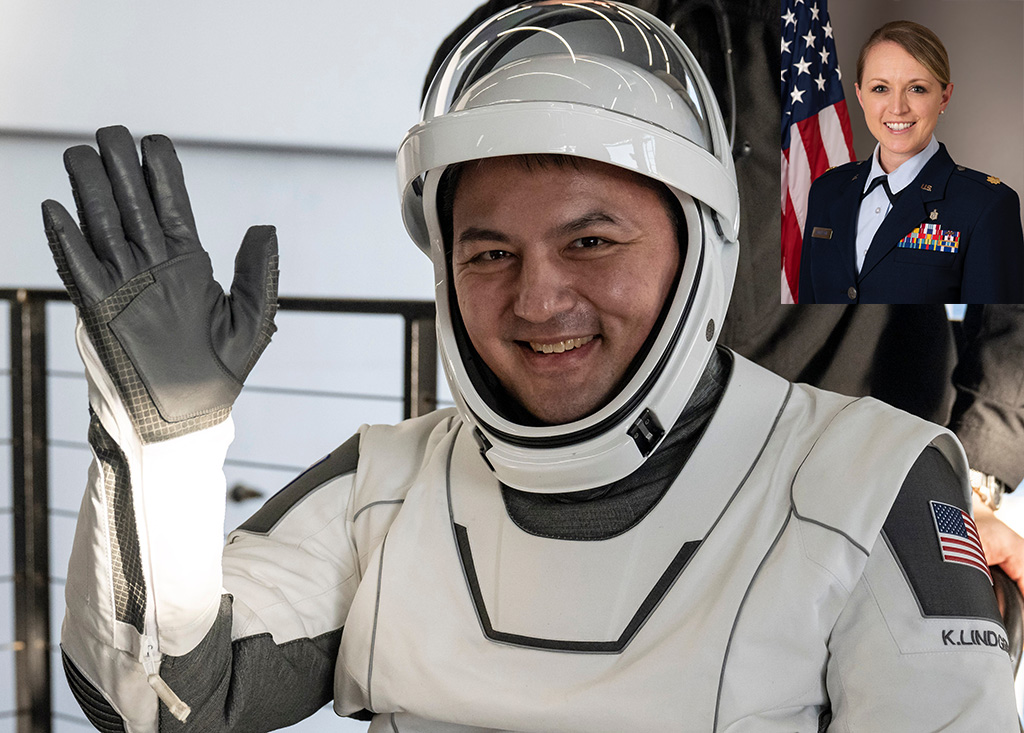
Rams take care of Rams, even when a Ram returns from outer space.
When astronaut and Colorado State University alum Dr. Kjell Lindgren and the SpaceX Dragon Freedom splashed down Oct. 4 after 170 days at the International Space Station, he smiled and waved as he, pilot Bob Hines, mission specialist and Colorado native Jessica Watkins and mission specialist Samantha Cristoforetti exited the capsule where Lindgren had been mission commander.
They needed assistance to get into the recovery ship because returning astronauts have “space legs” and other physical challenges. That’s when the Astronaut Strength, Conditioning and Rehabilitation (ASCR) team — including another CSU Ram — began rehabilitating them back into Earth shape.
Air Force Maj. Danielle Anderson, a 2009 CSU graduate with a degree in health and exercise science, is the physical therapist leading the Musculoskeletal and Sports Medicine Services for the Astronaut Corps. Anderson, a strength coach and two athletic trainers worked with the crew before the flight and for 45 days after they returned.
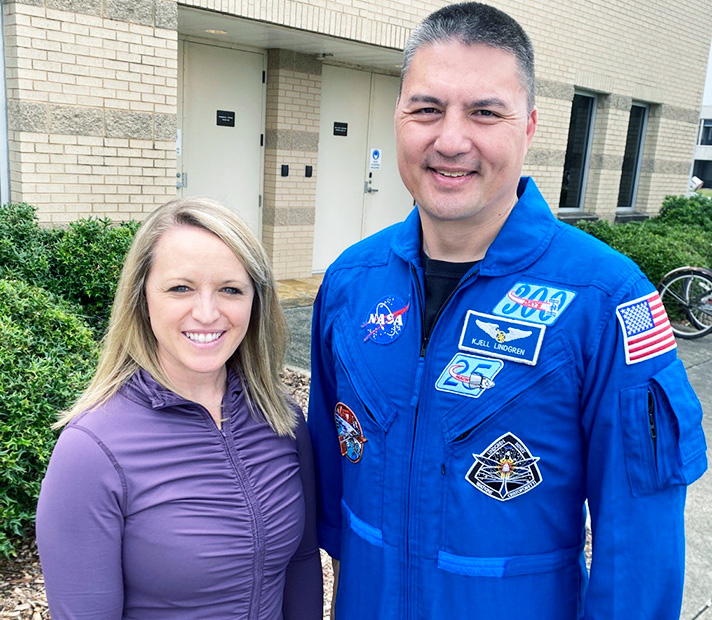
“It’s amazing to be in weightless-ness. It’s amazing to float, and once you get back, it’s amazing to be home. But gravity is kind of a bummer,” Lindgren said during a shared interview with Anderson 30 days after splashdown. “And so having to kind of support your weight against gravity again, it just takes time for your body to get used to that. And that’s where the tremendous support that we get from our trainers and from Danielle really came in.”
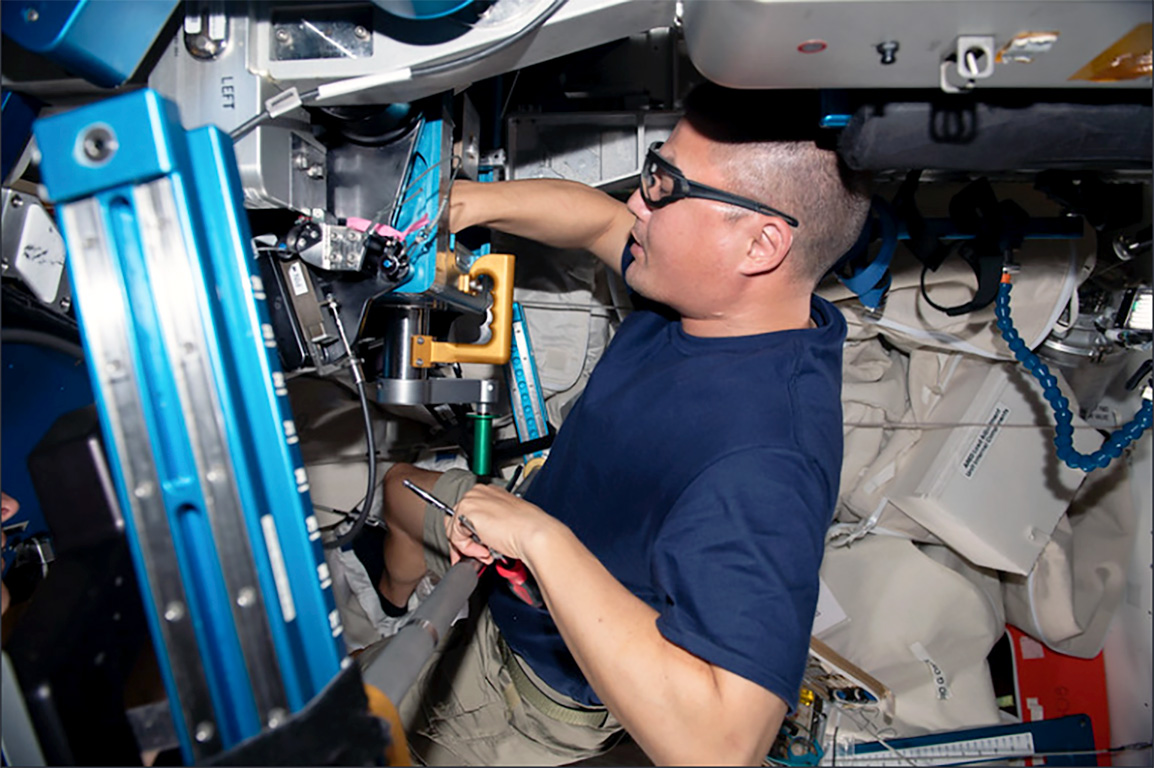
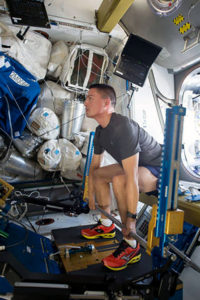
Counteracting bone density loss
Training crews work with astronauts to mitigate the physiological effects of space travel, which hopefully will lead to safer future flights to the moon and, ultimately, Mars.
“One of the very first things that you see when our astronauts get in space is the fluid shift change that occurs,” Anderson said. “The (blood) is shifting up towards the head and the heart. And without the countermeasures, we get changes in bone mineral density because you’re not consistently loading the bony structures.”
Astronauts train before and while on the ISS with three pieces of exercise equipment — a treadmill, a stationary bike and an advanced resistance exercise device (ARED).
“We do see strength losses because you’re not consistently loading and the lower-quarter (leg) strength,” Anderson said. “However, with the countermeasures … we actually see that the crew do maintain almost full normal strength when they come back.
“We do still see very minor decrements in bone mineral density, but not as significant as it would be of course without those countermeasures that are up there.”
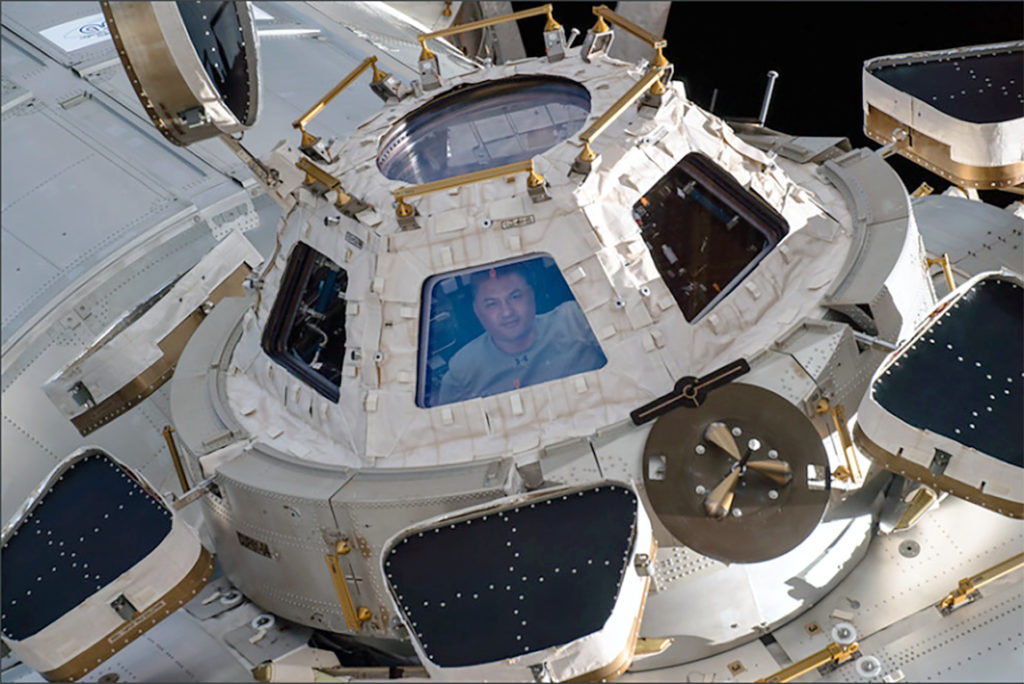
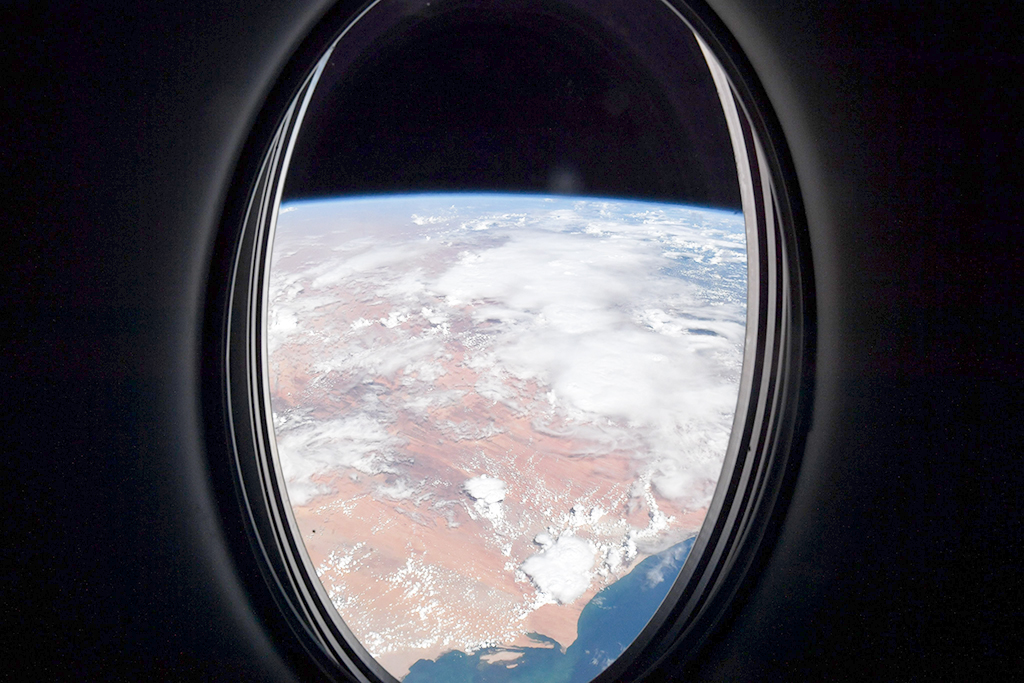
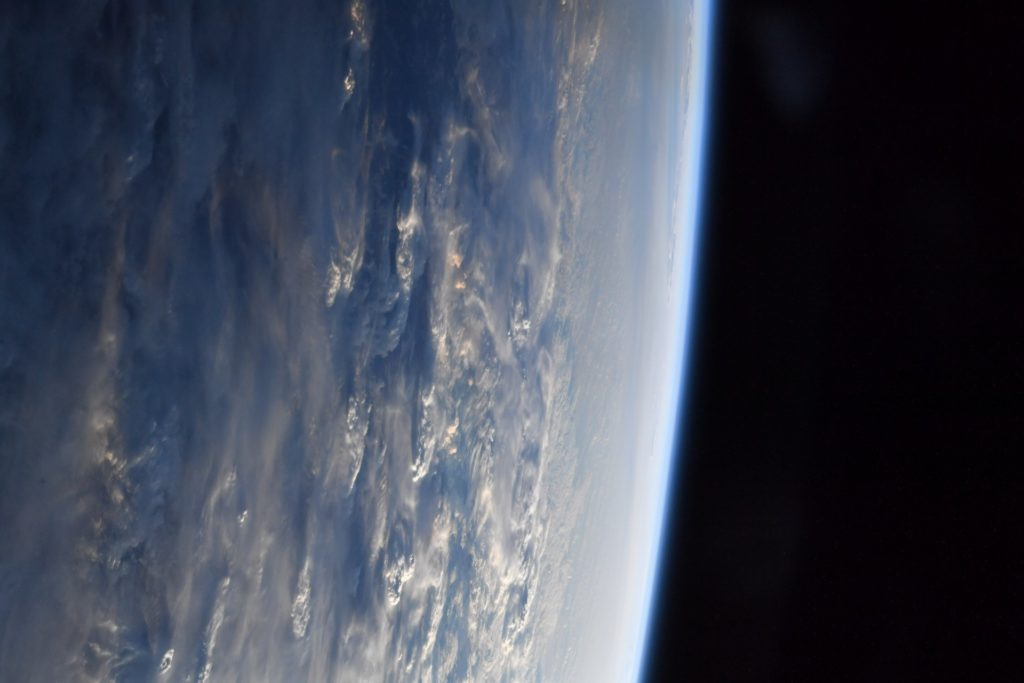
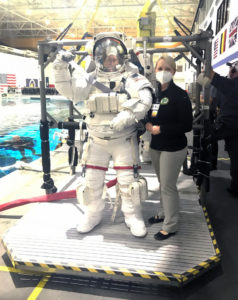
Back to the gym
Lindgren, who in 1996 earned a master’s degree in cardiovascular physiology from CSU, said Anderson and the rest of the team started working on the astronauts’ fitness virtually right after they splashed down.
“We’re in there doing reconditioning the first day after we get back,” Lindgren said. “That feels challenging. It feels like it’s more than we’re probably capable of, but they know exactly how hard to push and what things to push on.
“That’s how we get better, challenging ourselves and kind of getting comfortable. I think that all really paid off, and we’re grateful for the work that they invested in us because I think we all feel like we’re pretty close to back to normal.”
Lindgren is among a select group of astronauts with more than one space flight. In 2015, he spent 141 days at the ISS. With help from Anderson and others, he noticed a difference in the evolution of NASA’s fitness and health program.
“Having a big picture of the whole process and how I felt when I came home last time, it really underscored the importance of great physical fitness, flexibility, all of those things,” Lindgren said, adding that he didn’t experience many of the issues other astronauts face, including space motion sickness, nausea and vertigo.
“Emphasizing mobility and flexibility in addition to strength and aerobic conditioning, I think all of those things together have gotten better,” Lindgren said. “Personally, I feel like I have gotten back to my pre-flight levels much more quickly.”
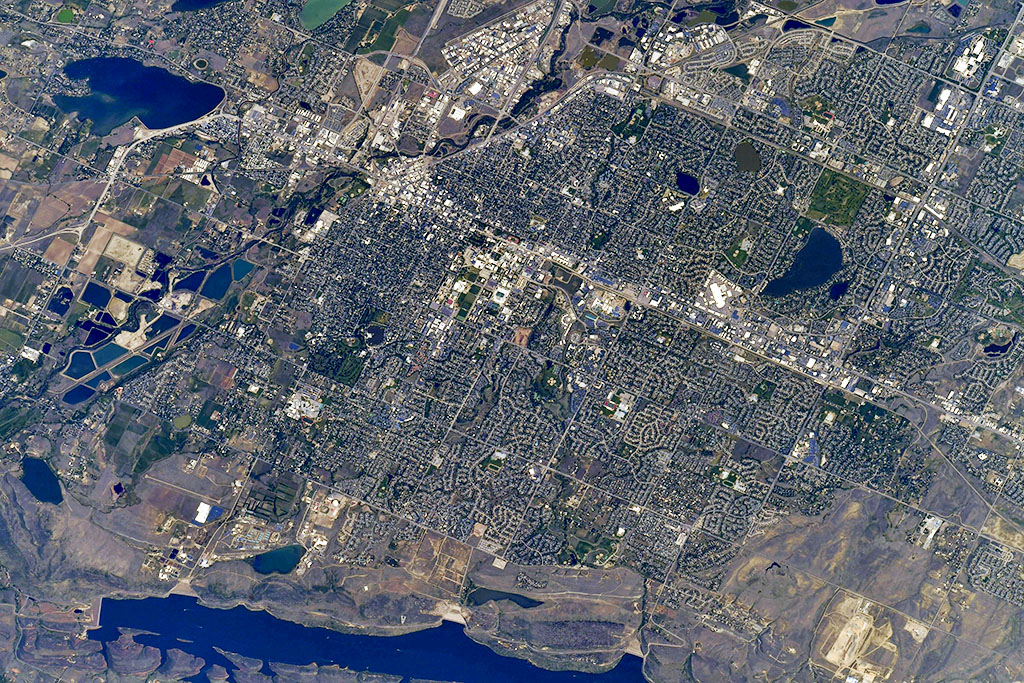
CSU connections
“I came to Johnson Space Center about a year ago, and that was the first time that I had met Kjell in person, but I’ve been a fan of space for a while and had learned about Kjell a couple years before,” Anderson said. “From the Air Force to CSU, being a doctor and to the Astronaut Corps, I had a connection with him because of those things.”
In one of his first conversations with Anderson, Lindgren realized it was a “Ramily” reunion.
“I was excited to hear you were a fellow Ram,” Lindgren said to Anderson during the call. “I think we’ve been very strong in terms of our strength coaching and our athletic training, but having her here as a part of the team has pointed out just how incredibly vital it is to have that physical therapy perspective.”
Anderson does PT work with the Army and Air Force, but her main focus is the corps of 53 active astronauts and 10 astronaut candidates in training. But working with medical doctors like Lindgren gives her another perspective.
“When you’re working with someone who has that experience at the physician level, seeking their input is so important,” she said. “Like, ‘What do you feel like is going on? What do you think you need to work on?’ They’re really good at tapping into that.”
On both of his space flight missions, Lindgren has encountered a fellow CSU standout.
“I have encountered this kind of connection a couple of times here with Danielle and then also during my last flight,” Lindgren said. “Dr. Susan Bailey, who works in Environmental and Radiological Health Sciences (at CSU), she had a research project aboard the space station during my last mission that I actually got to be a subject for.”
Lindgren hopes to return to Fort Collins in the spring and if Anderson joins him, he has a lunch place in mind: “My favorite place to eat is the (temporarily closed) Pickle Barrel. When I visit I always make sure that I stop by there.”
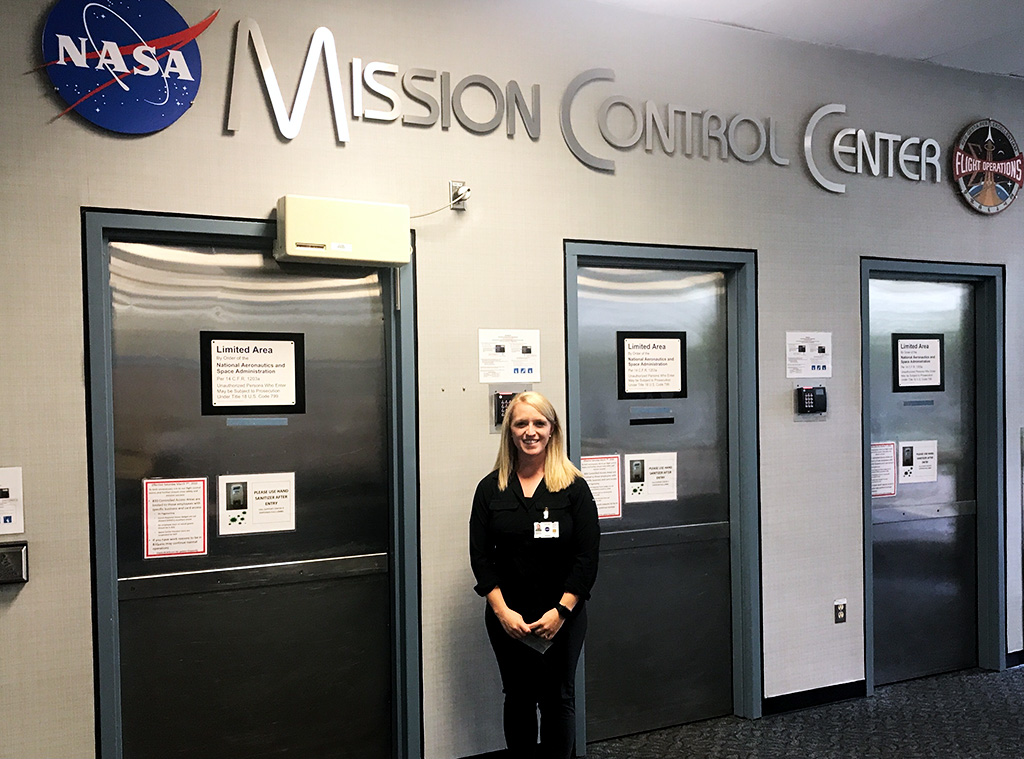
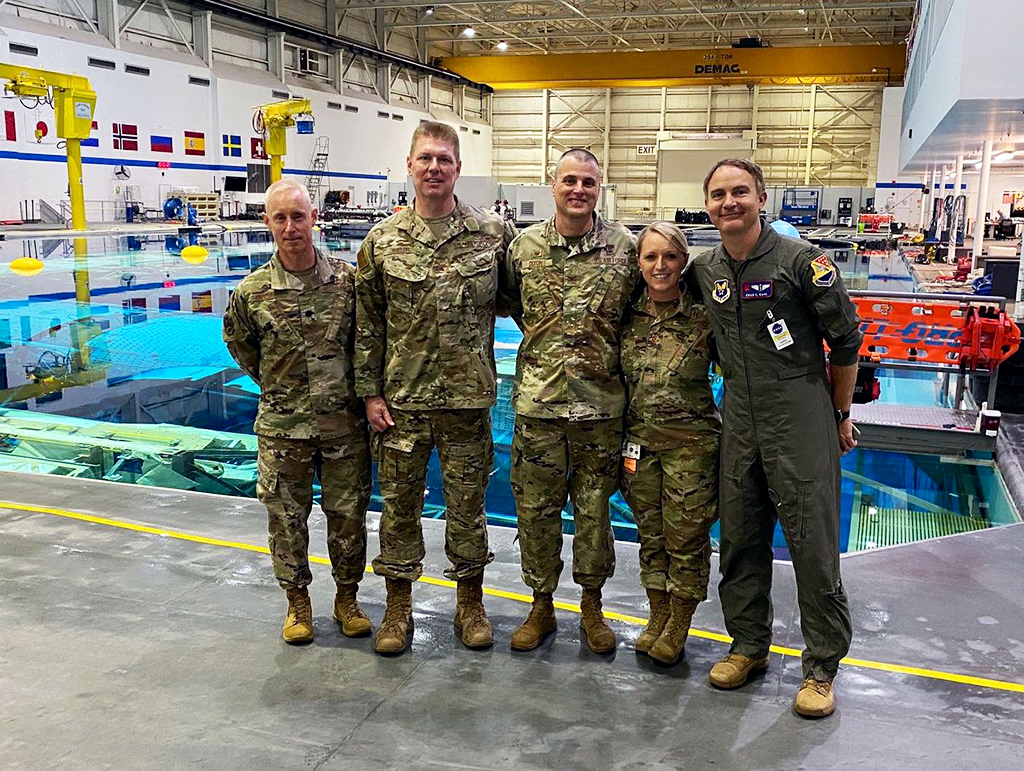
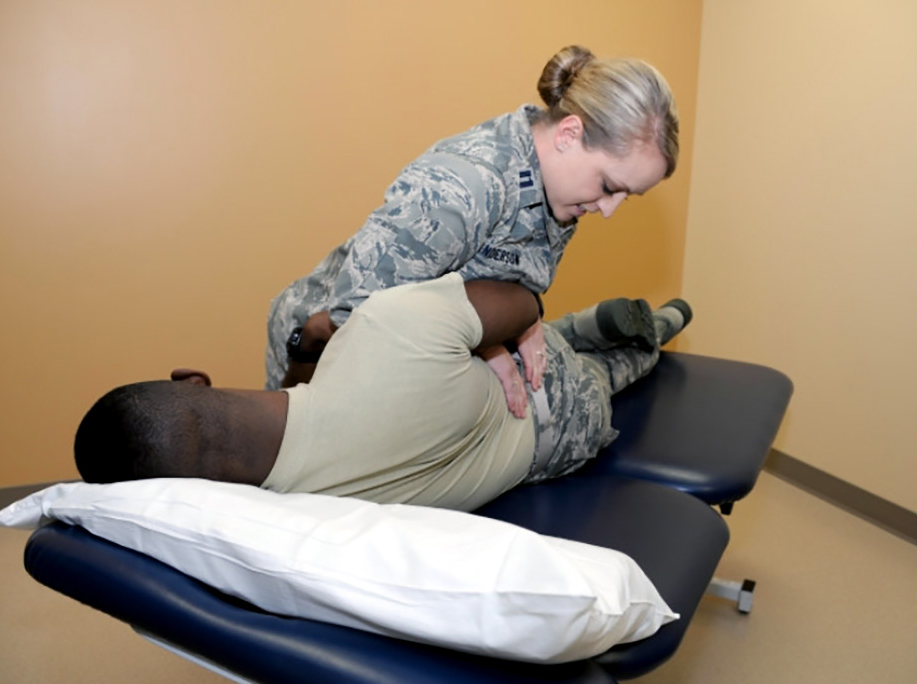
Possible PT for Space Force, amateur astronauts
Anderson became NASA’s first physical therapist and said she could serve in that or a similar role beyond her initial two-year assignment. She said that while there is no official plan for sending Space Force personnel into space, the Air Force always wants to be on top of aerospace medicine and training.
“We have an embedded physical therapist in our air combat command positions, and being here learning the aerospace medicine side also serves that community as well,” Anderson said. “And so we’re vested in keeping this position here. Now for me personally, that will probably look like a three- to four-year assignment.”
Lindgren said the rise of commercial space partners means there are amateur astronauts who may need assistance due to chronic medical problems.
“We are at the crest of a new era of space flight where we have non-professional astronauts that are launching on suborbital missions,” Lindgren said. “We may have a whole host of people that may not necessarily meet the physical and health requirements to be a long-duration space flyer.”
To the moon … and beyond
Lindgren said every astronaut dreams of getting one shot to break free from Earth’s grip.
“It’s a once-in-a-lifetime opportunity, and the fact that I got to do it a second time really just feels like icing on the cake.”
Lindgren is thrilled for NASA’s next giant leap. “I’m looking forward to getting Artemis to the moon, whether that is as a crew member or as one of the astronauts here on the ground that is supporting those who are flying,” said Lindgren, who appears in a NASA video explaining further missions. “I’m very excited that we have committed to returning to the moon and setting our sights on Mars.”
People like Anderson will be needed to figure out the medical side of deep space travel, considering delayed communications.
“We need to predict what could happen in training and make our crew fully equipped to manage those things independently or without a lot of ground support,” Anderson said. “Having those effective countermeasures for those longer duration missions is going to be really important from the human physiological side to maintain a healthy crew member who can transit to Mars and then appropriately function once we get to the surface.”
‘Upward and onward’
To those who wonder if we should invest so much into the space program, Lindgren says it’s human nature.
“Part of what we are as humans is that desire to explore, that desire to challenge ourselves, that desire to learn is just a part of our DNA,” he said. “There are innumerable issues here back on Earth that require our attention and our investment.
“But I think it’s always important to be looking upward and outward. We can take care of the Earth. We have to take care of the Earth. We need to do better on climate.”
Lindgren said the next phase of space exploration is a partnership — just like the ISS — and even geopolitical tensions with Russian cosmonauts can be overcome.
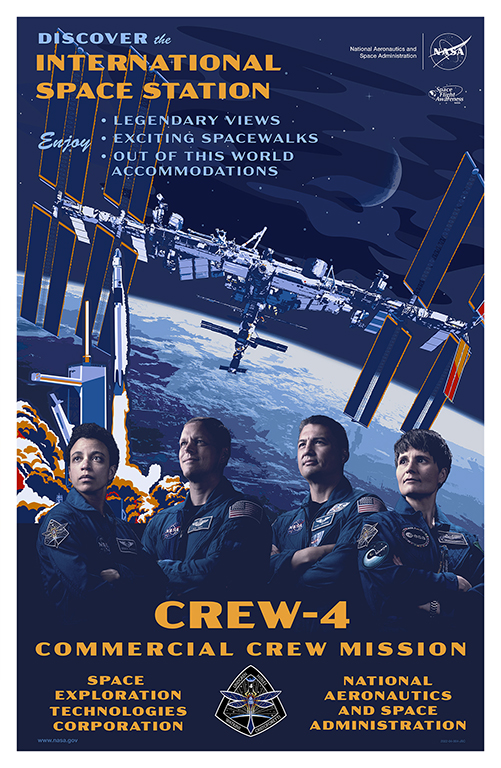
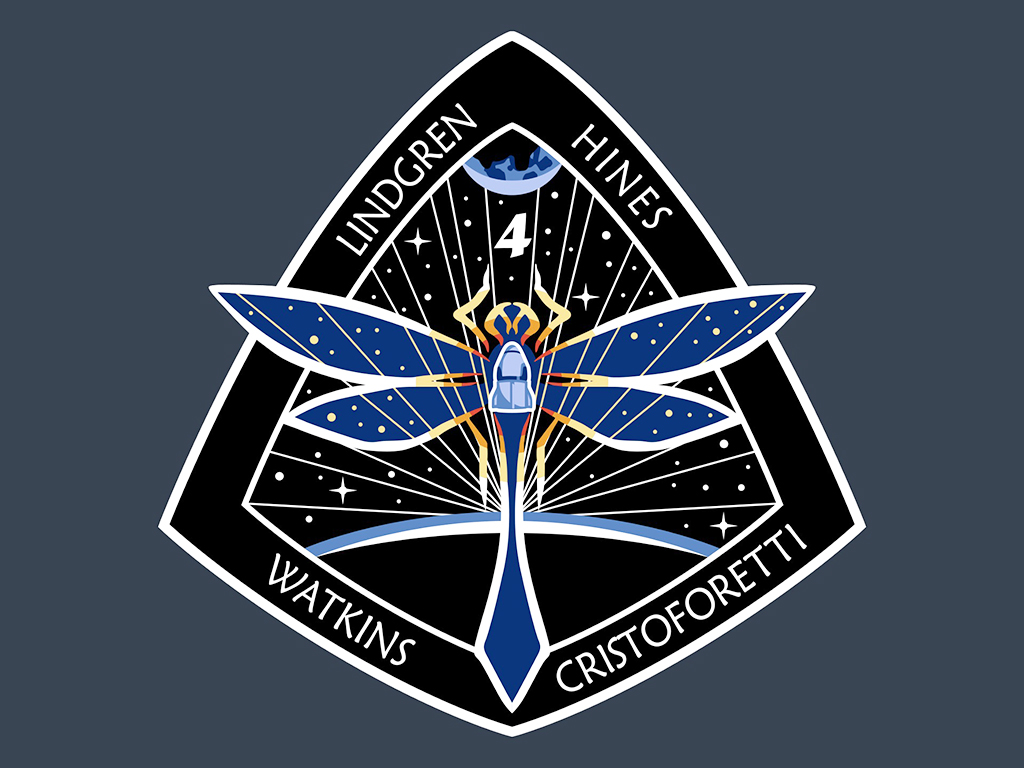
“This is not a project that a single country can take on,” he said. “It gives us a goal; something to work together as a team. And when we’re doing that, I think that we are better as a global community.”
As Anderson, Lindgren and Bailey’s NASA work shows, CSU is doing more than its part.
“I think it really speaks to the quality of and diversity of the education that CSU provides,” Lindgren said. “I had an amazing experience there, and I think that there are incredible opportunities there. When you’ve got a great program, you attract amazing people like Danielle, like Dr. Bailey, and then we have had the great fortune for our careers and interests to intersect.”
OUT (OF THIS WORLD) TAKES
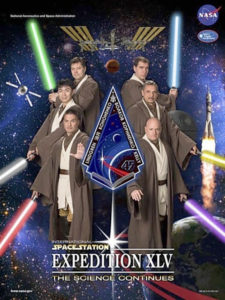
Lindgren and Anderson addressed a wide range of topics. Here’s a sample:
- The Force is strong in this one: “I wanted to be an astronaut for as long as I can remember. I was inspired by reading science fiction and by movies like Star Wars,” Lindgren said, evidenced by his first crew posing for a lightsaber-filled poster and doing an interview with Starwars.com. That fascination hit home a few years later. “Our teacher wheeled a television into our second-grade classroom to watch the Space Shuttle Columbia launch. That’s when reality and fiction meshed together, the idea that this is a real thing, this is something that you could actually do.”
- To boldly go … to bed : Was Anderson a science fiction fan while growing up? “You know, I really wasn’t, outside of watching Star Trek with my parents in the evening as we were winding down for bedtime.” She said working for NASA wasn’t on her radar, but that “being here and supporting human exploration and innovation in space is just an incredible opportunity.”
- Science fact, not science fiction: Being a sci-fi fan and then an astronaut made Lindgren more critical of science fiction movies because of “creative license that sometimes becomes ridiculous.” Even so … “I am all for suspension of disbelief and watching movies for fun. And there are some movies that do a really good job of working to make the physics realistic. You know, I think space is such an amazing place and such an incredibly hazardous environment that you really don’t need to make things up.”
- Watching “The Martian” while in space: One movie Lindgren likes is “The Martian,” which was screened early at ISS because NASA partnered with the production company. “I thought that they worked really hard to make things realistic,” he said. “The main character is stranded and he’s going through his crewmates’ belongings, specifically their food, to figure out what his resources are. … I was looking at his food, I was looking at our food and it’s like, ‘Hey, he’s got our menu.’ So beef stroganoff and sweet and sour chicken, all these things were like, yeah, that’s the stuff that we’re eating. And I thought that was pretty cool.”
- Kjell’s a ‘shuttle’ bug: One of Lindgren’s hobbies is photography (see his Twitter account), so he uses the Nikon D5s to shoot everything from Fort Collins to hurricanes. “It’s higher than a bird’s-eye view,” he said. “We saw the hurricane actually coming up on the Florida peninsula as we were trying to return home. So we see hurricanes, monsoons, and all sorts of weather systems.” He also got shots of Colorado’s Front Range, including CSU. “For some reason I wasn’t able to grab that during my first mission. So I was really excited to grab Fort Collins this time. You know, CSU, the stadium and the arena are very, very clear.”
- Googling Earth while orbiting Earth: “It sounds silly, but one of the greatest improvements from my last mission was the ability to use Google Maps,” Lindgren said, “because it allowed me to not only look out the window, but I could set it up so I knew the orbit that we’re in, when we’re flying over the U.S. and when we’re leaving any of the continents and oriented so that I could just kind of flip through it as we’re flying over and I’m able to use that as a reference for what I’m looking at.”
- Space-time(off)-continuum: Anderson said physical, mental and spiritual needs are important parts of mental decompression, especially in space. Lindgren said the days of every-minute-planned missions are over, especially if you’re in space for six months. Astronauts on the ISS usually work five days per week, from about 7 a.m. to 7 p.m., with weekends off. They fit in eating, exercising, emailing and once-per-week family video calls. “We have to be able to maintain the reserve to minimize the fatigue because we are living in an incredibly hazardous environment and could be called upon at any time to respond to an emergency, so we need to have those reserves, that capacity to respond to an emergency,” Lindgren said “That requires downtime.”
- My how they’ve grown: Astronauts gain height in space and lose it upon return to Earth. But the ISS has records of the taller measurements of various visitors. “Some of our astronauts have, kind of like you would see in a pantry door in somebody’s house that has little kids, like the little markings that say, you know, Tom, and then a date. Some of our astronauts have done that where they marked their height.”
- No roaming charges: Lindgren is known to make phone calls from the ISS. “I made a lot of calls and called everybody, but they didn’t know that I was calling collect,” he joked. “I’m able to call down. Unfortunately, people are not able to call up. When I was not able to get ahold of somebody and I left a voicemail, oftentimes they’ll try to call back and it’s just a number to Johnson Space Center. So that doesn’t work.”